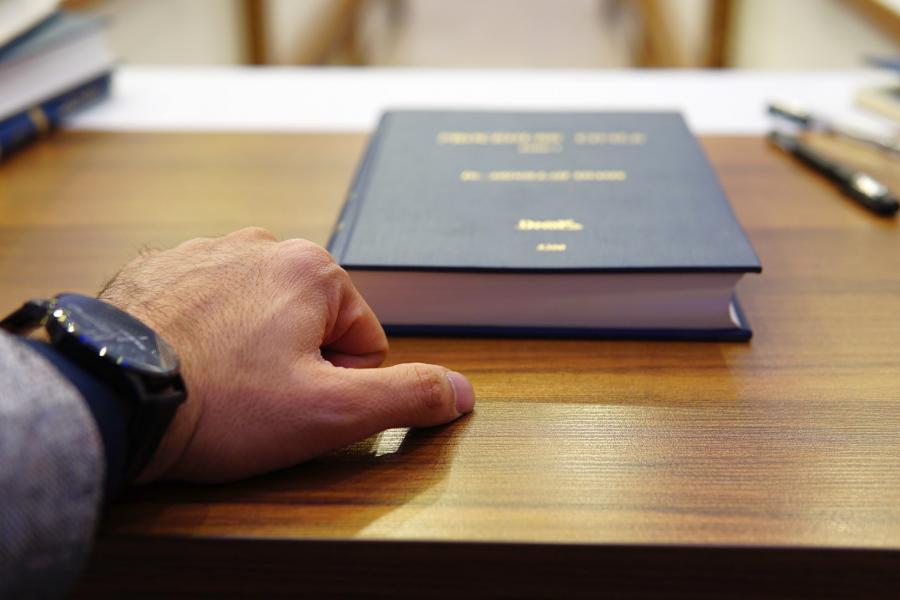Pennsylvania Car Crash Laws -101
Devastating car crashes occur far too often on Pennsylvania roads. The Pennsylvania Department of Transportation (PennDOT) reported around 15 crashes per hour in 2017, totaling 128,188. These crashes claimed the lives of 1,137 people and injured another 80,612 people, with at least three people dying each day. The economic loss due to traffic crashes was $1,414 to every Pennsylvania man, woman and child.
If you or a loved one was injured in a car accident in Pennsylvania, you should understand the laws of our state that could impact your options for getting compensated for your losses. Consider the following laws regarding vehicle accidents in Pennsylvania:
- Statute of limitations – This is the deadline by which you must file a car crash lawsuit. In Pennsylvania, 42 Pennsylvania Code section 5524 says that "an action to recover damages for injuries to the person or for the death of an individual caused by the wrongful act or neglect or unlawful violence or negligence of another" must be brought within two years after the collision for filing a personal injury or property damage lawsuit. If you miss the two-year lawsuit filing deadline, the court will probably throw out your case, unless some rare exception applies to extend the deadline. There is a doctrine of tolling in Pennsylvania which means the statute of limitations may be tolled for circumstances such as the discovery rule. There is also a Minor’s Tolling Act in Pennsylvania. These complex areas of the law are where an attorney should be consulted.
- If a death is involved, this is figured from the date the victim died. If death is involved, the argument can be made that for both the wrongful death and survival action the statute of limitations is two years from the date of death; however, there is some law that for one of the actions, the statute of limitations may actually begin to run when the person was harmed, even though they may have died later. While there is recent Pennsylvania caselaw on the subject, we still like to use the earliest possible date.
- Comparative fault -- Pennsylvania has a “modified comparative fault” rule. This means your total damages award is reduced by whatever percentage of the fault of the accident the courts determine is yours. Juries will calculate two things based on the evidence: the total dollar amount of damages and the percentage of fault that belongs to each party. Under the modified comparative fault rule, the plaintiff's damages award is reduced by a percentage equal to that person’s share of fault. If you are found to be more than 50% at fault, you would receive no Pennsylvania does not have a no-fault car insurance system. Pennsylvania does not have a no-fault car insurance law. However, first party benefits may be paid, to the extent that you purchase them, regardless of fault.
- Fair Share -- Pennsylvania has a Fair Share Act that limits the ability of the injured party to recover damages in full from defendants who are only partially at fault. Plaintiffs can recover damages in full from defendants who are at least 60 percent responsible, but those less than 60 percent responsible can be held liable only for their actual share of the total damages. This law has been challenged in the Courts.
- Damage caps -- Pennsylvania does not have damage caps in connection with automobile or truck collisions. Pennsylvania does have damage caps in connection with lawsuits against government entities and certain other areas. State laws limit, or “cap,” the amount of compensation you can recover when the defendant is a local or state government entity, such as a school district.
Proving liability
In proving fault and liability for a crash, these elements are considered:
- Duty – Drivers have a duty to follow the laws and drive in a reasonable manner.
- Breach of Duty – Drivers breach this duty by driving negligently.
- Causation – The car collison is a factual cause of your harm.
- Damages – You have suffered damages as a result.
What Does Compensation Cover?
In Pennsylvania, compensated costs and losses for car crashes fall into two categories: economic damages and non-economic damages.
- Economic damages – expenses which can be objectively calculated, such as medical, hospital, therapy, and rehabilitation costs, costs of equipment such as wheelchairs, lost income, future lost income, property damage, and funeral and burial costs if a death is involved.
- Non-economic damages – may include pain and suffering, the loss of life’s pleasures prior to death, disfigurement, and the loss of a marital relationship (consortium).
To make sure that you receive the most compensation possible under the law, it makes sense to consult an experienced Pennsylvania car collison personal injury attorney.
More to Read:
Previous Posts:






